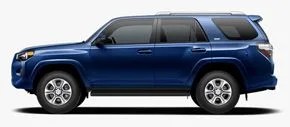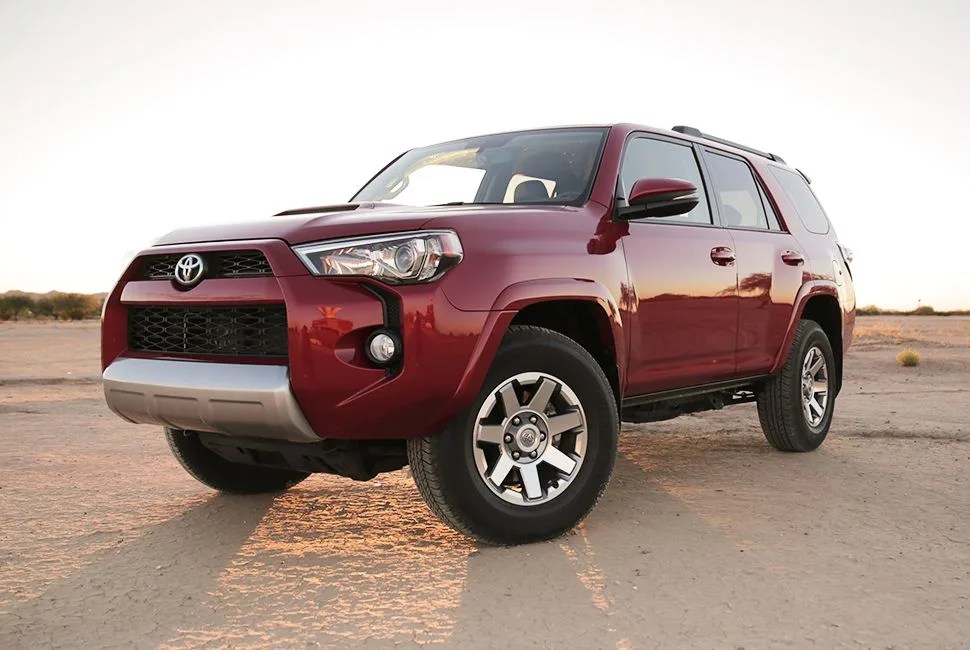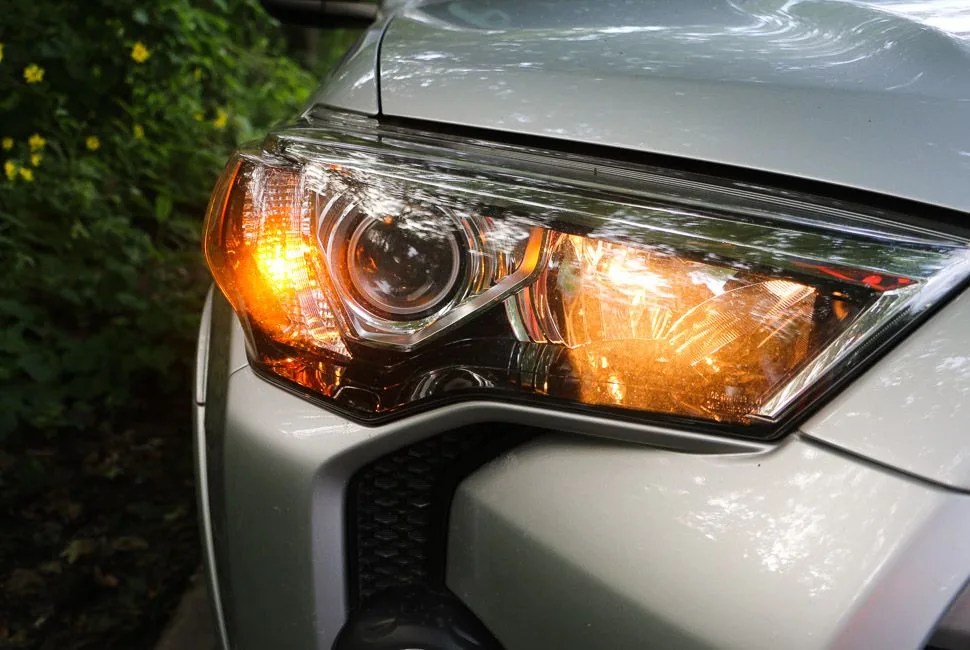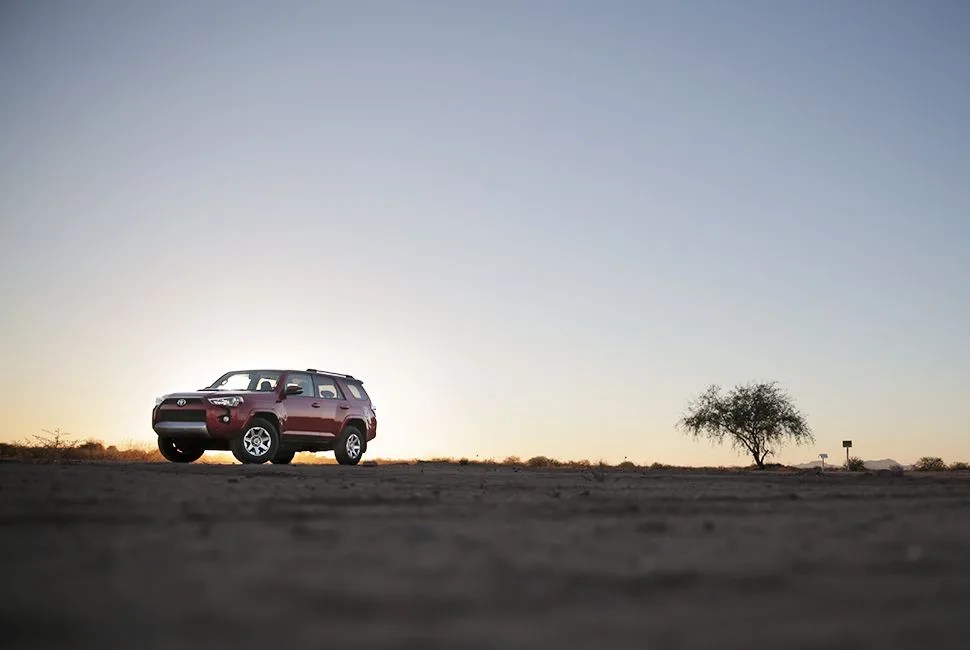6 photos
The Toyota 4Runner started as the Hilux Surf in Japan in 1984. It was essentially their two-door pickup with a fiberglass covering for the bed. In the decades since, it’s become a living icon. What is it about this vehicle that functions as a shot of “instant cool” for whoever’s driving it? Is it the fact that 90 percent of all the 4Runners sold in the past 10 years are still on the road? Or is it the rugged (and ever-enlarging) good looks and proven off-road capabilities? Or is it that it’s the car we all wanted in high school and our emotional lives are all frozen at 17 years old?
The 2015 Toyota 4Runner ($33,200), especially in the trail version — with its hood scoop, contrasting silver front and rear bumpers and suite of off-road hardware — is Toyota’s best weekend-warrior offering yet. Yet, it’s still simple, if not crude, in its powertrain and off-road machinery. Most notably, it’s one of the last consumer vehicles using body-on-frame construction. Essentially it’s two big pieces, a shell mounted on top of a “ladder” structure. The advantage of this is torsional rigidity, and it fits the 4Runner’s intended use perfectly — giving the best traction possible when encountering uneven terrain. But, body-on-frame is an old way of doing things. And, speaking of old, the 4.0-liter V6 (the only available engine for the 4Runner) is more than a decade old, and the 4×4 select on the Trail model is old-school style — by making the driver manually shift into 2H, 4H or 4L (forgoing the simple knobs or buttons that most competitors offer — though the SR5 and Limited trim do have the dial-type option).
Most of us are weekend warriors, not skid-plate-reliant rock crawlers.
That said, it does have some pretty nifty electronically accessible off-roading features: CRAWL control is essentially cruise control at low speeds for climbing and descending treacherous terrain, Multi-Terrain allows four options for regulating wheel spin, and the Trail model I tested had a standard locking rear differential, which can engage even if one of wheel is already off the ground. Most impressive is the Kinetic Dynamic Suspension System (KDSS), which automatically disconnects the stabilizer bars for better suspension articulation on each wheel.
2015 Toyota 4Runner Specs







